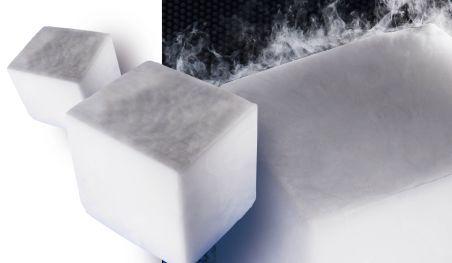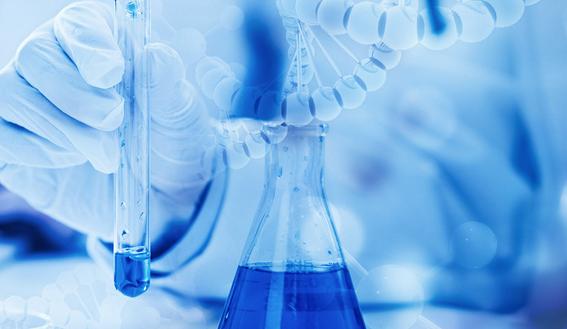Effects of dry ice on THE COVID-19 vaccine
After the announcement of vaccine readiness, the next challenge was to deliver millions of doses of the vaccine at ultra-low temperatures, using dry ice (in the form of solid carbon dioxide (CO2)) and cryogenic refrigerators using liquid nitrogen.
Vaccines need to be kept at temperatures of minus 70 or 80 degrees Celsius (minus 94 or 112 degrees Fahrenheit), and they may have to be transported from one continent to another. During the journey from pharmaceutical companies to hospitals and vaccination centers, vaccines will be packaged in dry ice containers and loaded onto planes and trucks.
Huge orders are expected from transport and logistics companies that are expected to distribute the vaccine by 2021. But after carbon dioxide shortages across the US this year, many in the industry are asking: Do we have enough dry ice?
Dry ice
"There is concern that there will be a shortage of dry ice due to the increased demand for food shipments and other refrigerated items, especially as the demand surrounding the outbreak increases," experts estimate. The dry ice shortage is due to a shortage of liquid carbon dioxide, which is driven in large part by the decline of ethanol and carbon dioxide feed-gas reconditioning by-products. A major independent agency says there are also shortages of liquid and dry ice due to the impact of the pandemic. I am convinced that when vaccines are delivered, and where there are already persistent shortages of liquid and dry ice, the demand for dry ice will surge. "
In certain geographic areas of the United States, dry ice is already in high demand, and pharmaceutical companies need products to research and test coronavirus vaccines. Russing added: "A lot of companies, particularly distributors in some markets like New England, are saying there is a serious dry ice shortage. One such company says its inventory disappears within three hours of receiving orders for dry ice from suppliers. On the supply side, this is certainly serious. "
Dry ice is used in COVID-19 vaccines
But the Compressed Gas Association (CGA) expects plenty of dry ice in the United States and Canada. Its members supply most of North America's liquid carbon dioxide. "According to CGA members, current production capacity of carbon dioxide and dry ice is expected to be sufficient to meet the anticipated needs of vaccine manufacturers," the Compressed Gas Association (CGA) said in a post on its website. There is also the possibility of increasing production and distribution of dry ice for COVID-19 vaccines if needed. CGA members report that the United States and Canada produce 30,000 to 35,000 tons of carbon dioxide a day.
The COMPRESSED Gas Association (CGA) added, "The key to maintaining dry ice supplies is for vaccine manufacturers to work closely with producers and distributors of dry ice and carbon dioxide, as well as dry ice equipment manufacturers, to configure appropriate on-site storage and delivery capacity to meet growing demand."






 Facebook
Facebook YouTube
YouTube LinkedIn
LinkedIn Twitter
Twitter